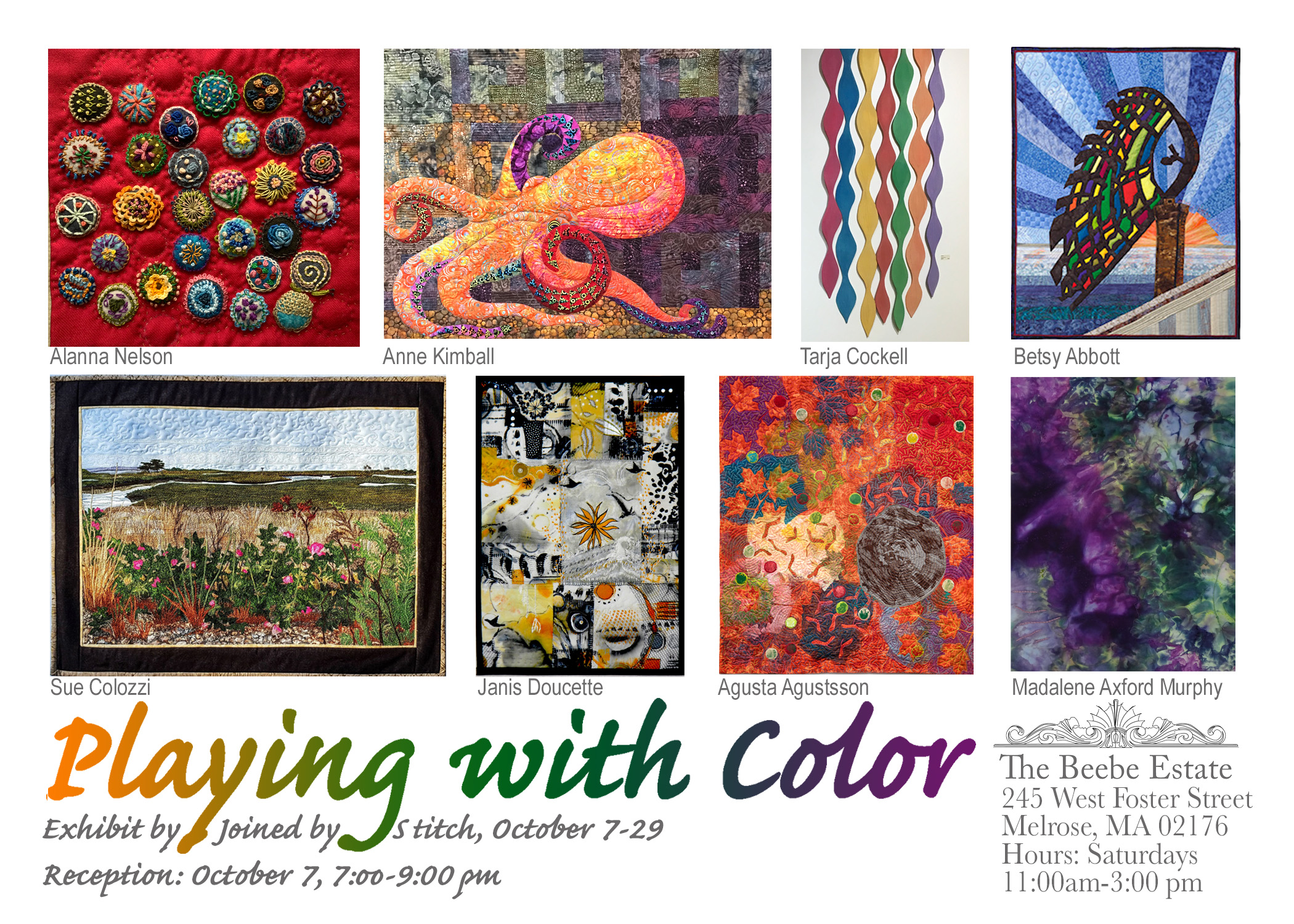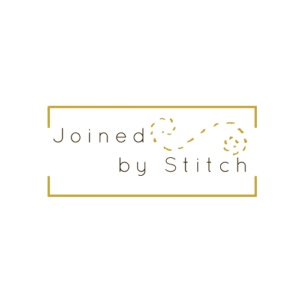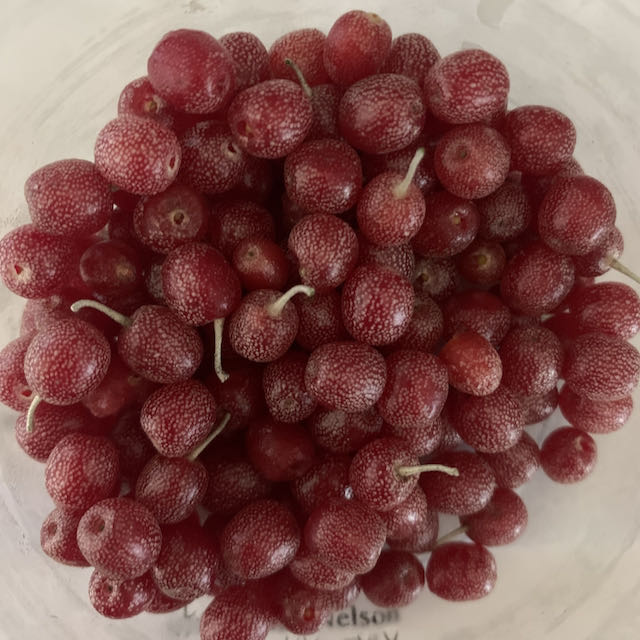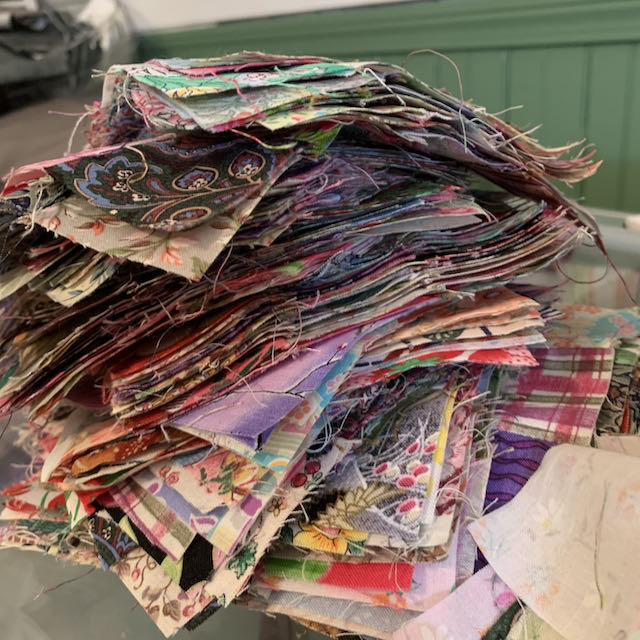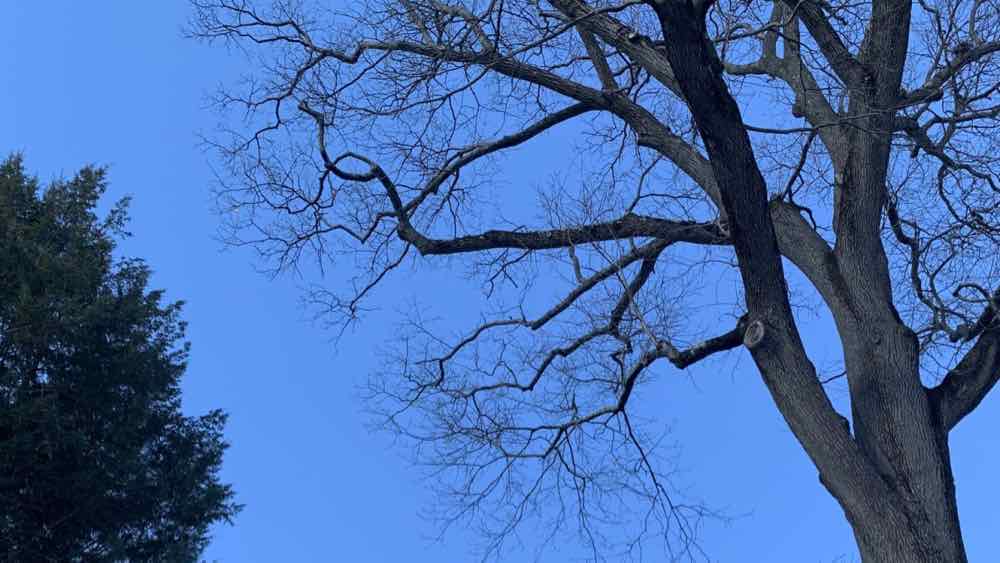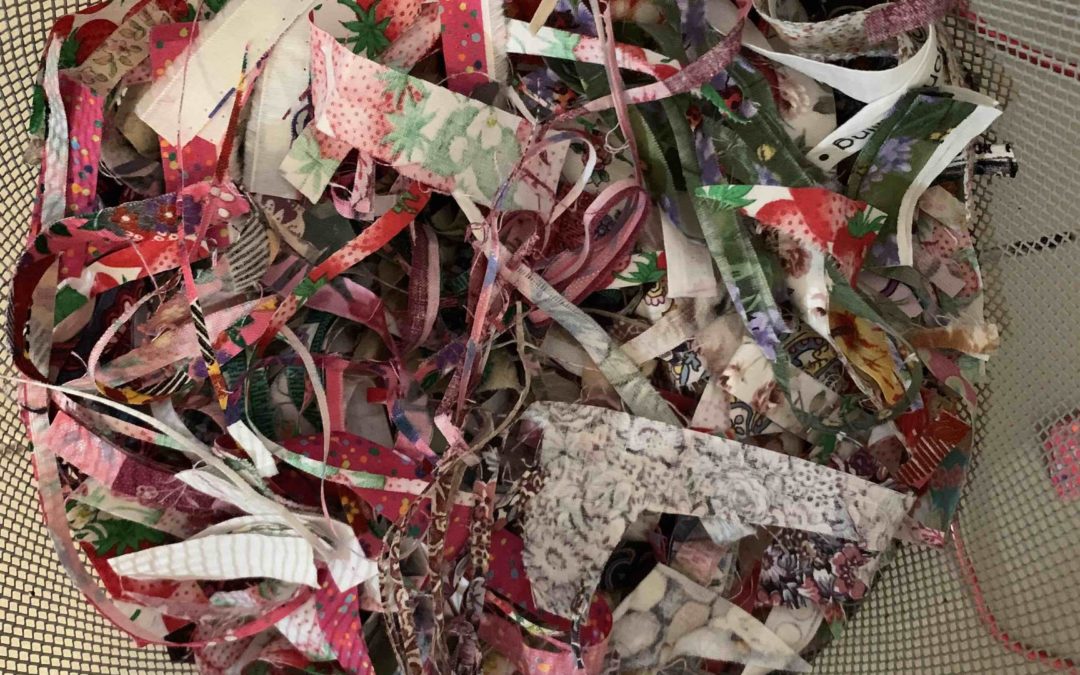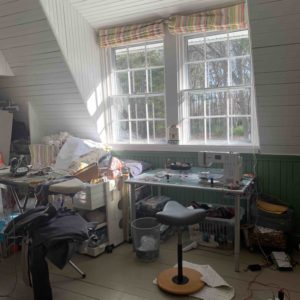
“Labor of Love” in Arlington
Without a nudge from Cat Beaudoin, I would have missed the Arlington Center for the Art’s call for art. Ana Kristina Gorannsen curated a wonderful collection of fiber art in “Labor of Love.” One of my Immigration Windows art quilts was among the 30 pieces chosen.
The reception brought together many of the artists. What a happy rush to see the people and their work in person. Don’t get me wrong, I’m grateful that social media gives windows on artist work, especially during COVid times. But getting up close to the art and spending personal time with the artists was fantastic. How nice to see Kendra, Stacey and Hilde again in real life!
Many of the artists encouraged people to reach out and touch their work. Why not? Audiences always feel the pull of textiles… and it makes sense, as they surround us every day. It’s one way that fiber artists are different than painters. Having spent much of my time in quilt shows, wearing white gloves to provide a protected opportunity to view the back of a quilt, this meant I had a bit of adjusting to do… indeed, I may not have even had a “touch me” sign on my work.
During the reception, the ACA gave visitors and artists “ballots” to vote for their favorite work. With so many great pieces, how do I choose? Do I choose exquisite technique, the big wowza boom, the new mixing of the media and ideas? Do I have to choose only one?
In the end, I chose the large scale knit keyboard that you can step across to make music by Irmandy Wicaksono. Fresh back from a trip to Washington, D.C., the choice made sense. I attended a virtual dance performance, a light exhibit experience ands trolled amont eh many museums, feeling patriotic and proud to be American and inspired by the many ways creativity expresses itsefl.
The keyboard didn’t win, but that gem by Anna Thai, Colorful Nature won the people’s choice. The curator’s choice was Evan Rosenberg’s Impermanence, which was a great piece, too.

My piece, “Immigration Windows: By Their Hands, We are Fed,” was happy to be on display again. Ok, it’s a piece of art, and maybe it doesn’t have feelings. You may recall that I made this originally to hang horizontally for the group exhibit at Verona Tessile in 2019. I have feelings for this complex and historically important topic. Indeed, it was a labor of love.
Thanks to Kristina for including me and to the Arlington Center for the Arts for shining a light on the Labor of Love that fiber artists bring to their art.

